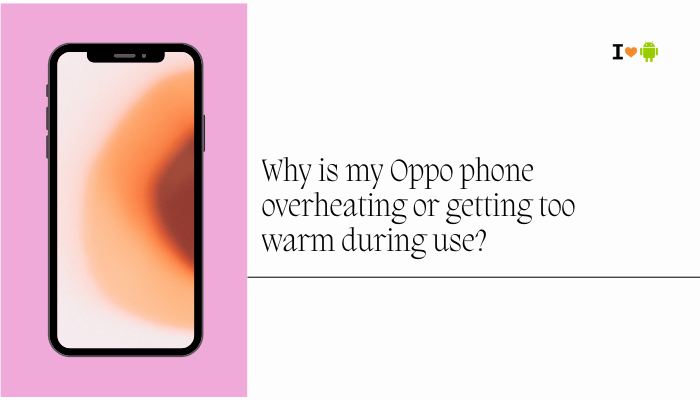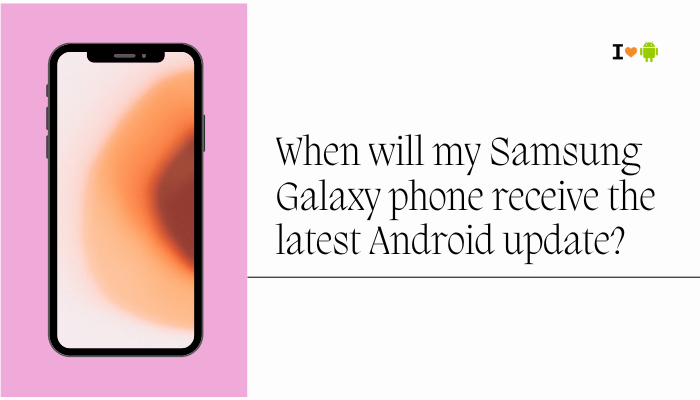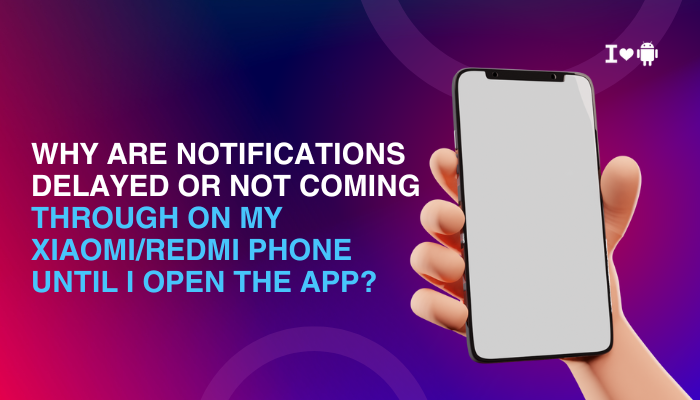Introduction
If your Oppo smartphone (Find, Reno, A-series) gets uncomfortably warm under normal use—gaming, streaming video, or even light browsing—you’re not alone. While modern chipsets pack exceptional performance, they also generate heat when stressed. Oppo’s ColorOS adds software layers and fast-charging technologies that can compound thermal buildup.

Intensive CPU/GPU Workloads
Why It Heats
High-end SoCs (Qualcomm Snapdragon, MediaTek Dimensity) can draw 5–7 W under full CPU or GPU load—common during 3D gaming, benchmarks, or prolonged 4K recording.
Fixes
- Limit Game Frame Rates:
- Open Game Space → select your game → Settings → cap at 60 FPS instead of 90/120.
- Enable Power Saving Mode in Games:
- In Game Space, turn on Low-power mode to downclock the CPU.
- Close Background Apps:
- Swipe up in Recents to clear unused apps before gaming.
High-Refresh-Rate Displays
Power Cost of 90–120 Hz
A 90 Hz or 120 Hz AMOLED display requires the GPU and display driver to refresh twice as often as 60 Hz, increasing power and heat.
Fixes
- Use 60 Hz Mode:
- Settings → Display & brightness → Refresh rate → select Standard (60 Hz).
- Adaptive Mode:
- If available, choose Auto so the refresh rate drops on static screens.
Fast Charging Heat
Why Charging Generates Heat
Oppo’s VOOC/Warp Charge systems deliver 30–65 W of power, converting excess to heat in the battery and charging circuitry.
Fixes
- Charge in a Cool Place:
- Avoid direct sunlight or hot rooms; set the phone on a desk instead of under a pillow.
- Remove Case:
- Take off thick covers during charging to improve heat dissipation.
- Night Mode Slow Charge:
- Settings → Battery → Charging → enable Optimized Night Charge for slower overnight charging.
Background Processes and Sync Tasks
Hidden CPU Loads
Cloud backup, photo syncing, email fetch, and system updates can wake the CPU regularly, accumulating heat over hours.
Fixes
- Limit Auto-Sync:
- Settings → Accounts & sync → turn off sync for seldom-used accounts.
- Restrict Background Data:
- Settings → App management → [App] → Data usage → disable Background data for non-essential apps.
Poor Signal and Network Radios
RF Power Amplifier Heat
In weak 4G/5G coverage, the modem boosts transmit power, adding extra watts of heat.
Fixes
- Disable 5G If Unneeded:
- Settings → SIM card & mobile network → Preferred network type → select LTE/3G/2G.
- Use Wi-Fi Calling:
- Offload calls to Wi-Fi to reduce cellular radio power.
Software Bugs or Inefficient Apps
Rogue or Unoptimized Apps
Some apps (malicious or poorly coded) keep wakelocks or spins CPU threads, contributing to sustained thermal output.
Fixes
- Identify Culprits:
- Settings → Battery → App launch or Battery usage to find apps using >5%.
- Update or Uninstall:
- Update the app first; if it persists, uninstall or replace with a lightweight alternative.
- Clear App Cache:
- Settings → App management → [App] → Storage usage → Clear cache.
MIUI/ColorOS Animations and Features
GPU-Heavy UI Transitions
Rich animations, live wallpapers, and dynamic effects keep the GPU active, raising power draw.
Fixes
- Reduce Animations:
- Settings → About phone → Version → tap 7× → enable Developer options; set all animation scales (Window, Transition, Animator) to 0.5× or Off.
- Static Wallpaper:
- Use a still image rather than moving backgrounds.
Thermal Paste and Mechanical Factors
Inconsistent Heat Spreading
Manufacturing tolerances and aging graphite sheets/vapor chambers can lose thermal conductivity over time.
Fixes
- Professional Re-pad:
- Under warranty, service centers can reapply thermal interface materials.
- External Cooling:
- Use clip-on heat sinks or specialized gaming cases with vents.
Environmental Conditions
Ambient Temperature Effects
Operating in direct sun or high temperatures (>35 °C) reduces the device’s ability to shed heat.
Fixes
- Use in Shade:
- Move indoors or into the shade during hot weather.
- Limit Sun Exposure:
- Don’t leave the phone on car seats in direct sunlight.
Hardware Defects and Ageing
Faulty Battery or Charging IC
A degraded battery or a failing power management IC can generate excess heat during charging or heavy use.
Fixes
- Check Battery Health:
- In Settings → Battery → Battery health (if supported) or use diagnostic apps.
- Authorized Service:
- Seek a genuine battery replacement or board-level repair at an Oppo service center.
Best Practices for Ongoing Thermal Management
- Weekly Reboot: Clears hung processes and thermal artifacts.
- Keep ColorOS Updated: Patches often include thermal optimizations.
- Balanced Charging Habits: Avoid repeating fast charges in hot environments.
- Monitor with Diagnostic Apps: Use Device Info HW to log temperature spikes.
- Selective App Installation: Restrict resource-hogging apps to necessity.
Conclusion
Overheating on Oppo phones arises from a mix of hardware power, software behavior, network conditions, and environmental factors.
By applying the ten solutions—limiting performance profiles, reducing refresh rates, moderating fast charging, managing background tasks, cutting animations, servicing thermal materials, and avoiding extreme conditions—you can maintain comfortable operating temperatures and prevent thermal throttling.
If normal remedies fail, professional service can renew thermal pathways or rectify hardware faults. Follow these best practices, and your Oppo device will stay cool, responsive, and healthy throughout its lifespan.



